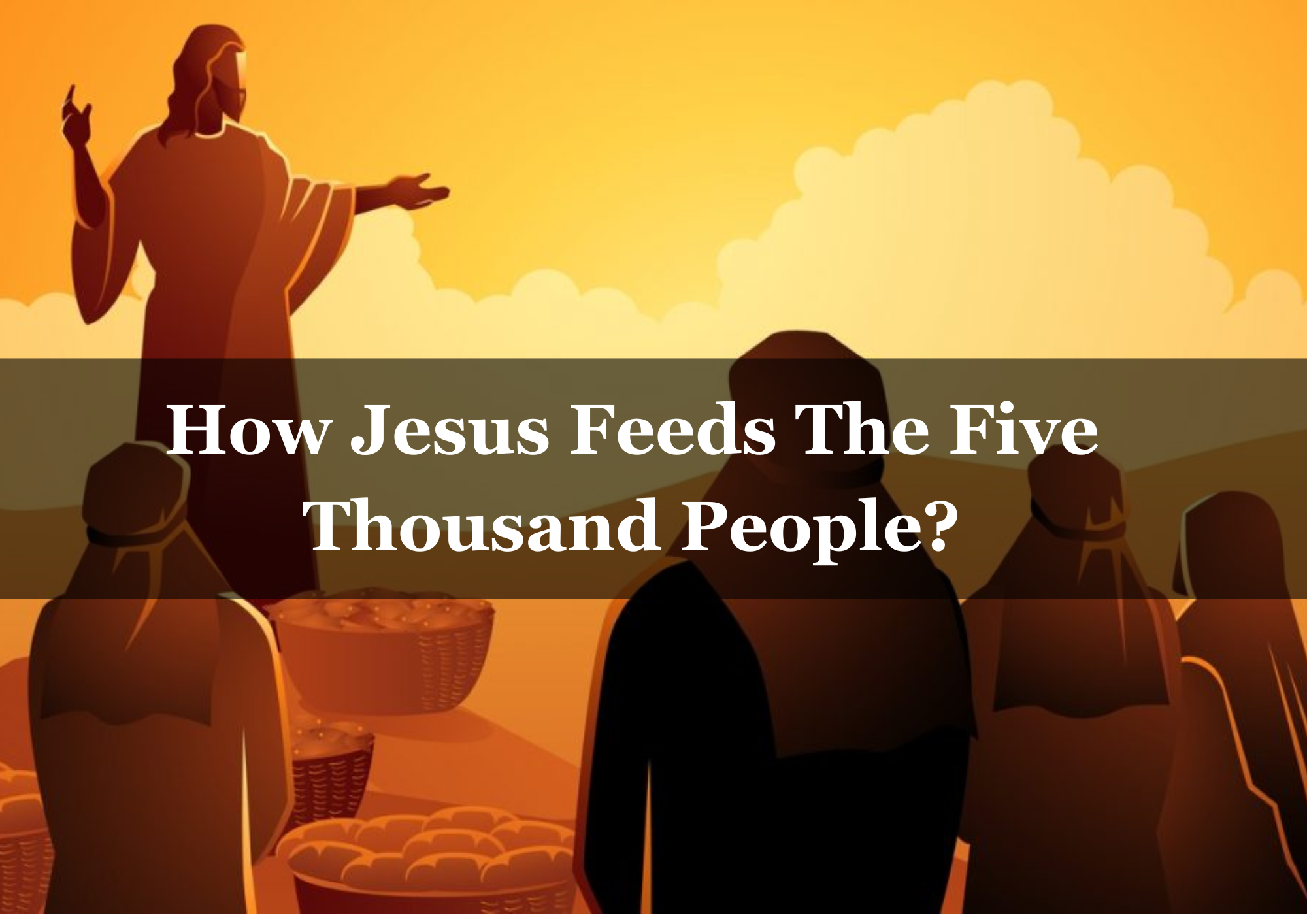
Jesus Feeds The Five Thousand People
One of the most compelling and well-known miracles in the New Testament is the feeding of the five thousand by Jesus Christ. This event, recorded in all four Gospels—Matthew, Mark, Luke, and John—has captivated the hearts and minds of believers for centuries. The story, rich with symbolism and profound lessons, goes beyond a simple act of multiplying loaves and fishes. It is a testament to the compassion, generosity, and divine power of Jesus.

Soure: Emirgan Apartments by Seba
The Place
The narrative unfolds in a remote location near the Sea of Galilee, where Jesus withdraws with his disciples to find solace and rest. The crowds, however, eager to witness his miracles and hear his teachings, follow him on foot. The compassion of Jesus is immediately evident as he welcomes the multitude, healing the sick and preaching the kingdom of God.
The Miracle
In the ancient land of Galilee, where dusty roads wound through rolling hills and the Sea of Galilee sparkled like a gem in the sun, a multitude of people gathered to listen to the teachings of a man named Jesus. His reputation as a healer and a wise teacher had spread far and wide, drawing crowds from villages near and far.
As the day wore on, the sun dipped lower in the sky, and the crowd grew hungry. The disciples, recognizing the need, approached Jesus with a practical concern.
“Master,” said Andrew, one of the twelve, “the day is ending, and these people are hungry. We should send them away to find food in the nearby villages.”
Jesus, however, looked at the crowd with compassion in his eyes. “They do not need to go away. You give them something to eat.”
The disciples exchanged puzzled glances. Philip, another disciple, spoke up, “Lord, even if we worked for months, we wouldn’t have enough money to feed them!”
But Jesus had a plan. He asked the disciples to bring whatever food they could find. A young boy stepped forward with five small barley loaves and two small fish. It seemed meager in comparison to the hungry crowd, but Jesus took the offering, looked up to heaven, and blessed the food.
Then, something extraordinary happened. Jesus instructed the disciples to distribute the loaves and fish among the people. As the disciples moved through the crowd, the small amount of food miraculously multiplied. The five loaves and two fish seemed never to diminish, no matter how many hands they passed through.
The atmosphere changed from hunger and desperation to amazement and gratitude. The once-grumbling crowd now sat in astonished silence as they witnessed this miraculous provision. The story spread like wildfire – Jesus, the miracle worker, had fed five thousand people with just a few loaves and fish.
The significance of this event reached beyond the physical act of satisfying hunger. It was a profound lesson in abundance, trust, and the power of divine provision. The miracle echoed the provision of manna in the wilderness during the time of Moses, reinforcing the idea that God’s abundance knows no bounds.
After everyone had eaten their fill, Jesus instructed the disciples to gather the remaining fragments. Twelve baskets were filled with the leftovers, symbolizing completeness and the abundance of God’s provision.
This miraculous event went down in history as one of the most iconic moments in Jesus’s ministry. The feeding of the five thousand demonstrated not only Jesus’s power over the physical elements but also his care for the needs of the people. It was a lesson in trusting in divine abundance, even in the face of apparent scarcity.
As the sun set over the hills of Galilee, the people dispersed, carrying not only satisfied stomachs but hearts full of wonder and faith. The story of how Jesus fed the five thousand became a testament to the transformative power of compassion, faith, and the belief that, with the divine, there is always more than enough to go around.
Symbolism and Lessons
- Generosity and Compassion: The act of feeding the multitude underscores Jesus’ deep compassion for the physical needs of his followers. It serves as a model for believers to approach the world with open hearts and a willingness to address the needs of others.
- Divine Abundance: The miracle goes beyond mere multiplication; it reflects the concept of divine abundance. The leftover baskets signify that God’s provision is not just enough but more than sufficient.
- Faith and Trust: The disciples’ initial skepticism highlights the importance of faith and trust in the face of seemingly insurmountable challenges. Jesus uses this moment to teach them that God’s power transcends human limitations.
- Eucharistic Imagery: Many theologians see parallels between this miracle and the Christian sacrament of the Eucharist, where bread and wine symbolize the body and blood of Christ. The act of taking, blessing, breaking, and giving mirrors the Eucharistic liturgy.
The feeding of the five thousand is a powerful account that transcends its historical context, offering timeless lessons for believers. It emphasizes the importance of compassion, trust, and recognizing the divine abundance that can flow from the simplest of offerings. As we reflect on this miraculous event, it serves as an invitation to approach challenges with faith, generosity, and an awareness of the boundless grace that flows from the heart of Christ.




